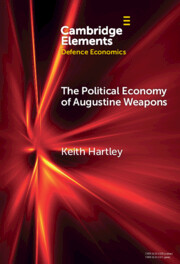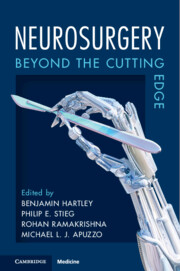Considerable recent attention has focussed on processed and ultra-processed foods (UPF). Evidence suggests that UPF account for 55% of calories consumed in UK homes 1. UPF intake has been correlated with poorer health outcomes (2,3,4,5) and many countries advise limiting UPF in dietary guidelines (6). However, there is currently little evidence demonstrating that consumers correctly identify their intake levels within the context of their own shopping habits, suggesting that education aimed at reducing UPF purchasing may have limited impact. The aim of this study was to assess the accuracy of consumers’ estimations of quantities of processed food (PF) and UPF in a self-selected shopping basket, and to investigate their underpinning reasoning.
Twenty participants were recruited from social media for a mixed method study and were asked to self-select 10 products from a choice of 20, reflecting dietary preferences. Participants estimated the amount of PF and UPF within the self-selected basket. After receiving an explanation of NOVA categories, and being shown their chosen products categorised under either NOVA 3 or NOVA 4, the actual percentage PF/UPF of their self-selected basket was revealed. Qualitative data captured responses to these figures and key themes were identified via thematic analysis. Finally, participants rated their likelihood of changing their product intakes with this new knowledge. Descriptive statistics summarised the responses and comparisons were made between sub-groups (vegan vs non-vegan baskets).
Participants were predominantly female (n=14, 70%) with a mean age of 48.1 [7.69]. Three (15%) chose vegan baskets. The estimated (compared to actual) amounts of PF and combined PF/ UPF in the self-selected basket were significantly overestimated (PF: 28% [13.70] vs 10% [7.25], p=<0.01; PF+UPF: 53.5% [14.69] vs 36% [13.53], p<0.001). Estimated and actual amounts of UPF were not significantly different.
Intention to change consumption was varied; some participants reported that they would consider change if they believed they could create a home-made version of a product. Vegan participants and those with children seemed more reluctant to change. Qualitative data suggests that consumers remain confused about what constitutes processing and the categorisation of products:
“It raises a question about processed vs ultra-processed, where they sit in my head. I’m thinking about it differently” Vegan, male, 33.
“It’s everywhere now, the ultra-processed thing. What are they saying? Just got to retrain yourself; find time to cook. Go back to basics.” Non-vegan, female, 51.
This study identified overestimation of self-selected baskets, driven by overestimation of PF specifically, with differing reasons underpinning purchase decisions and also likelihood of change. Confusion about processing categorisation was recognised by participants.
These findings suggest a need for clear differentiation of product groups in public health messaging, whilst balancing issues of cost, population growth and planetary boundaries to encourage informed purchasing decisions.

